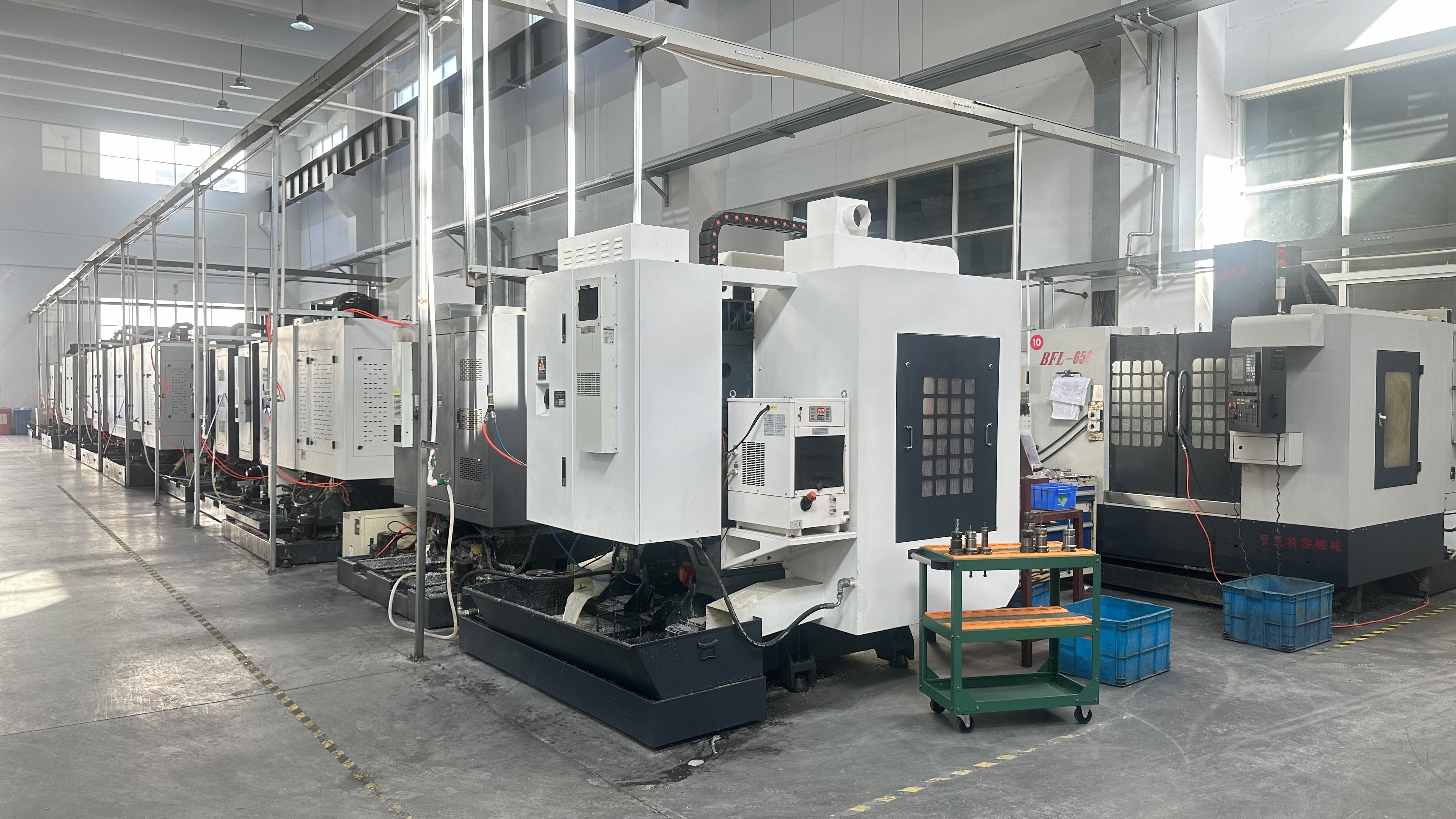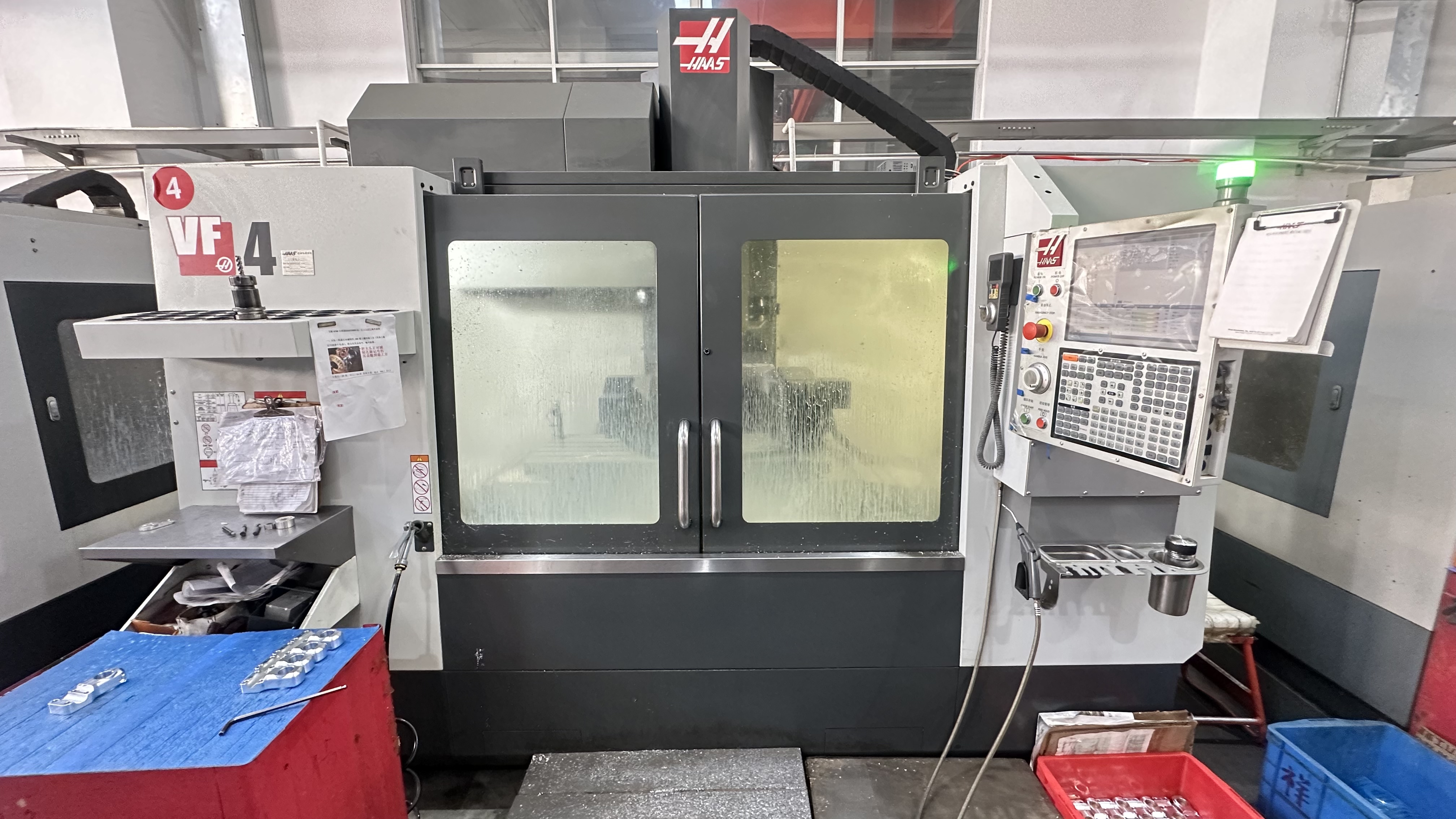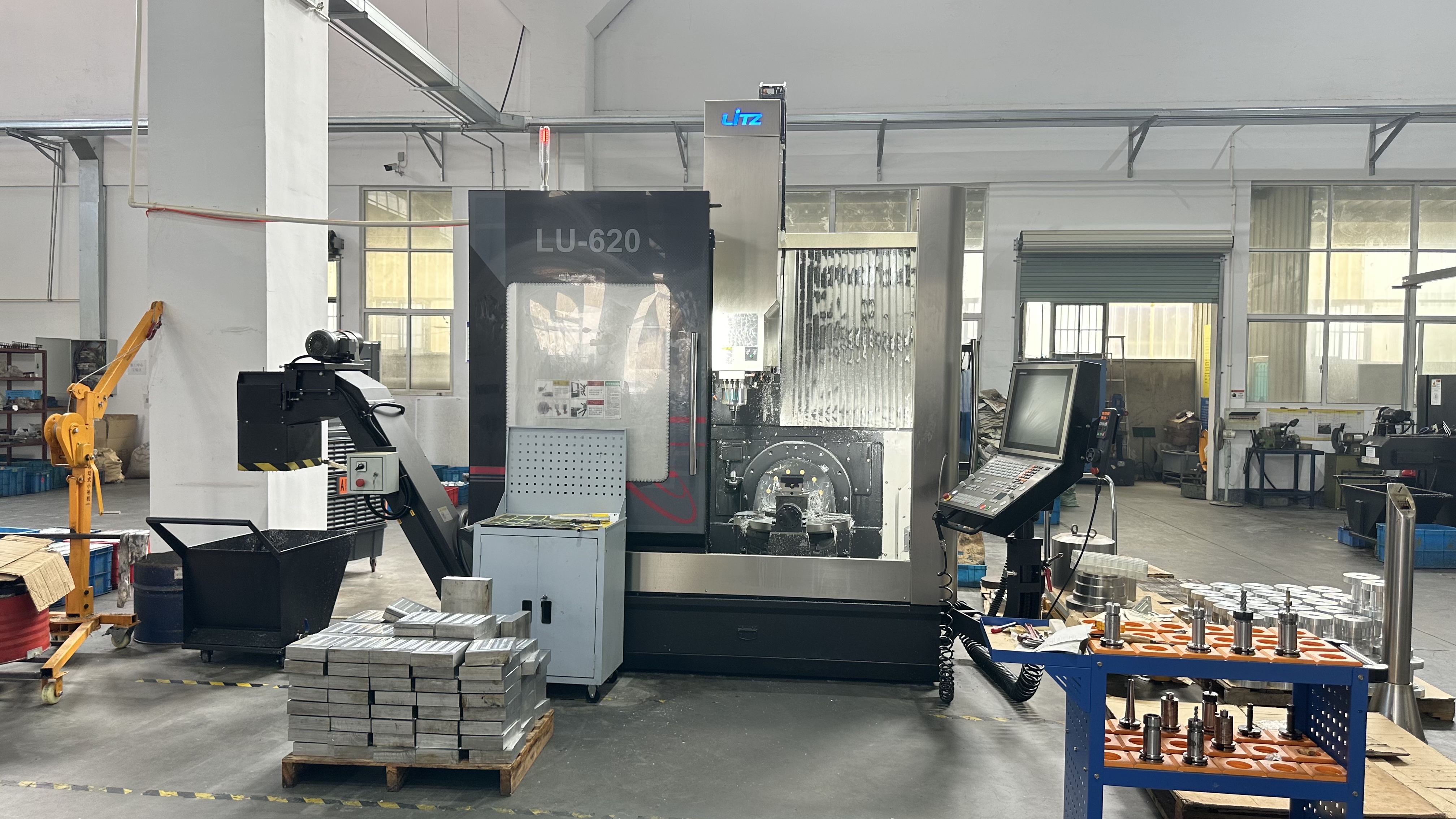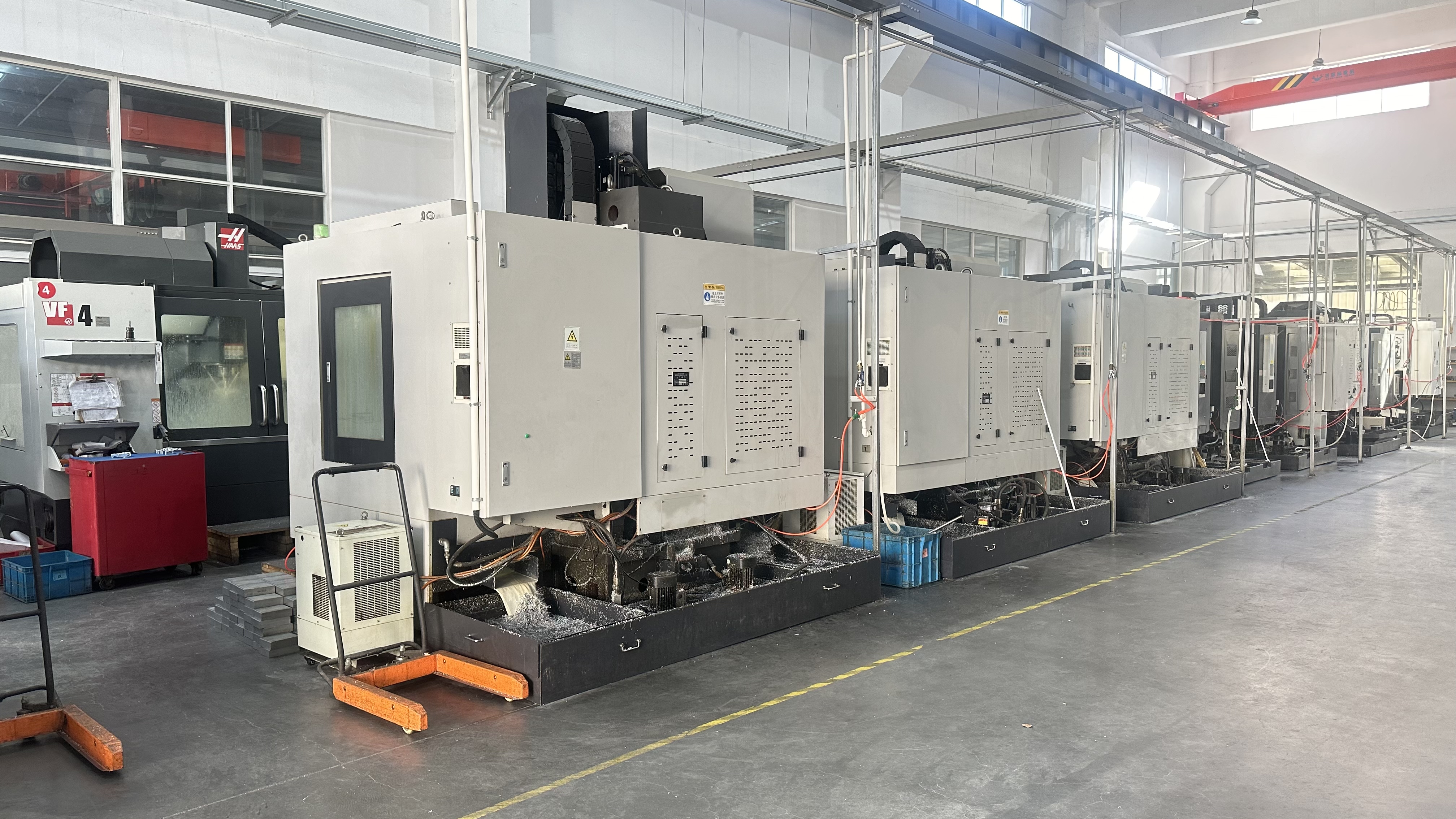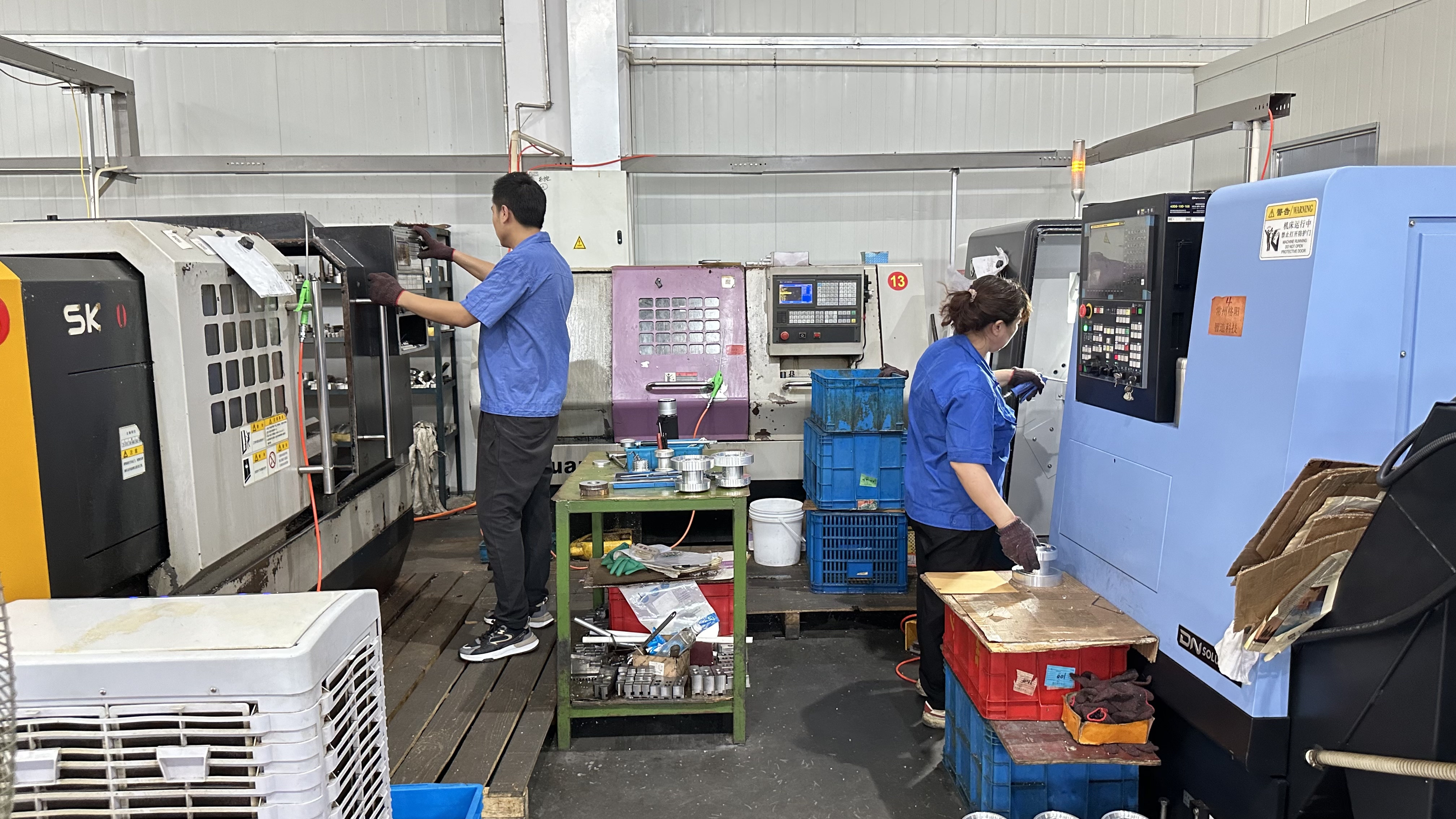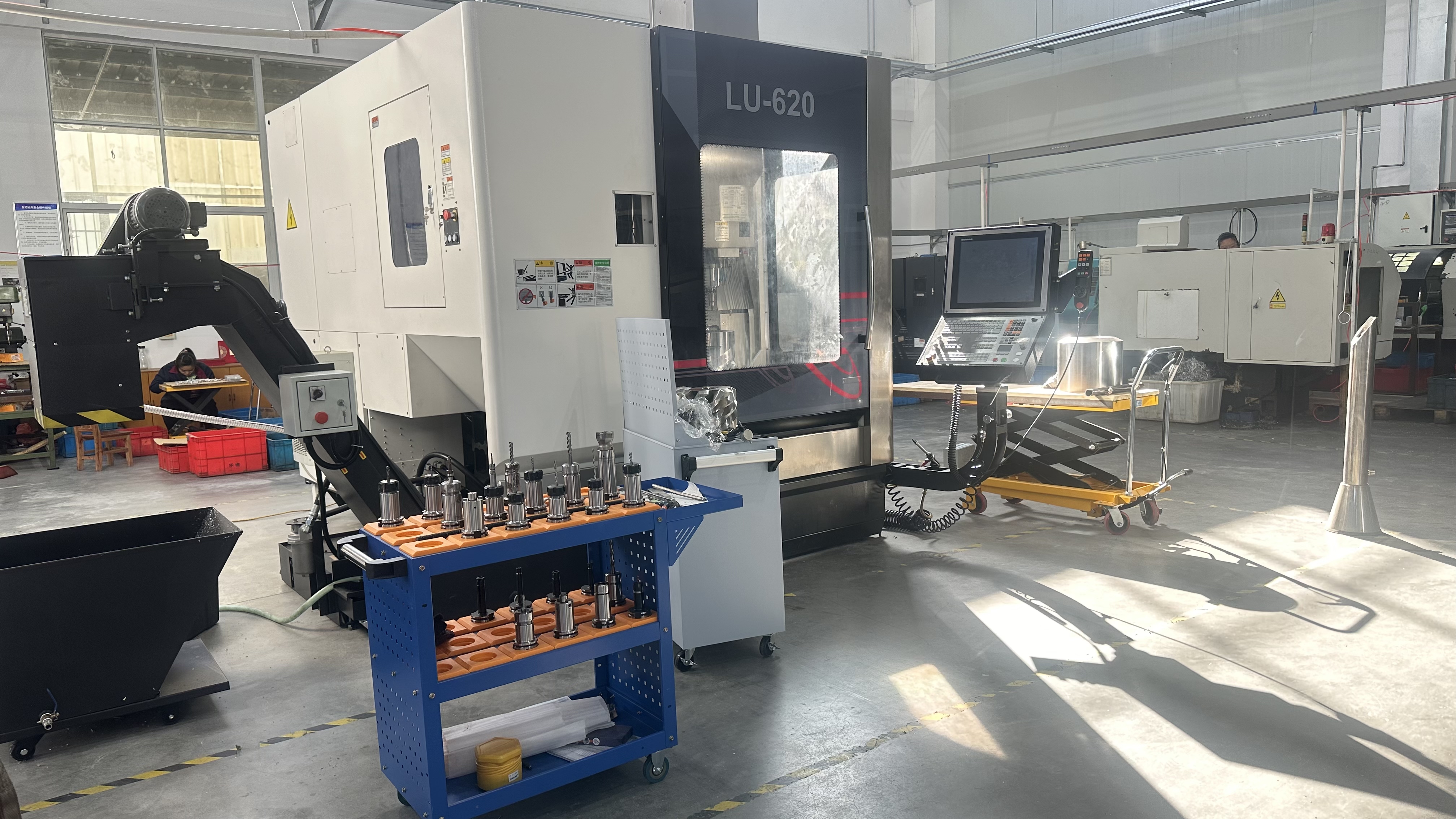Go Kart Sprocket Carrier Holder: Streamlined Storage for Your Drivetrain
The Go Kart Sprocket Carrier Holder is a practical tool designed to organize, store, and transport go-kart sprockets, ensuring quick access and protection for #219 or #428 pitch sprockets ranging from 30T to 97T. Constructed from robust materials like anodized aluminum, chrome-plated steel, or reinforced plastic, it holds up to 20 sprockets and is compatible with kart setups featuring engines such as Predator 212cc, Rotax Max, IAME X30, or Briggs LO206, and chassis from Tony Kart, OTK, Manco, or Trailmaster. Ideal for racers, mechanics, and DIY enthusiasts, it aligns with your interest in sprockets and performance components (March 18 and April 11-16, 2025). Whether you’re gearing up for a race or tidying your garage, this holder keeps your sprockets secure, sorted, and ready, enhancing efficiency in pit stops and maintenance.
What Is a Go Kart Sprocket Carrier Holder?
A Go Kart Sprocket Carrier Holder is a compact storage device that neatly stacks multiple sprockets, typically using a spindle, rod, or slotted rack to organize sizes from 30T to 97T for #219 or #428 chains. Made from aluminum for lightweight portability, steel for durability, or plastic for affordability, it features a carry handle or clip to prevent slippage. This tool protects sprockets from damage and simplifies gear ratio swaps, making it a must-have for karting logistics, as you’ve explored with drivetrain tools.
Why Use a Sprocket Carrier Holder?
This holder prevents sprocket dents or misplacement, saving time during races or builds, a priority in your sprocket-related inquiries. It keeps gear ratios (e.g., 35T vs. 60T) organized for quick selection, reduces clutter in pits or garages, and protects valuable components, benefiting racers tuning for tracks and hobbyists managing parts with minimal hassle.
Designed for Portability and Fit
Our Sprocket Carrier Holders are crafted to store #219 (7.95mm) or #428 (12.7mm) sprockets, fitting axles from 25mm to 50mm and supporting karts with engines from 150cc to 300cc. Available in anodized aluminum, polished steel, or sturdy plastic, they work with brands like Kosmic, CRG, and Yerf-Dog, offering a versatile, user-friendly solution for drivetrain organization.
Key Features of the Go Kart Sprocket Carrier Holder
The Sprocket Carrier Holder offers durable construction, intuitive design, and racer-focused functionality, making it essential for kart maintenance. Here’s what makes it stand out.
Lightweight Aluminum or Steel Frame
Built from 6061 T6 aluminum (45,000 PSI tensile strength) or chrome-plated steel (90,000 PSI), these holders weigh 0.5-2 pounds (e.g., aluminum at 1 lb). Anodized or polished finishes resist rust, enduring 800-1,500 hours in wet or dusty conditions, safeguarding sprockets in pits or storage, a durability you’ve valued in kart parts.
Multi-Sprocket Capacity
With a 25mm-50mm rod or rack, it holds up to 20 sprockets (30T-97T), organizing them by size for easy access. This supports racers switching ratios (e.g., 40T for torque, 60T for speed) or mechanics sorting inventory, streamlining pit tasks or garage upkeep, especially for #428 setups you’ve shown interest in.
Portable Handle or Clip
Featuring a molded plastic or steel handle, the holder is easy to carry (e.g., 5-8 lbs loaded), with some models including a locking clip to secure sprockets. Compact at 10”-14” long, it fits toolkits or pit bags, enhancing mobility for trackside swaps or workshop organization.
Stable or Mountable Design
Equipped with a flat base for bench use or optional wall-mount holes, it prevents tipping during storage. This dual-purpose design keeps sprockets accessible yet secure, catering to racers needing fast pit access or DIYers, like yourself, optimizing space for drivetrain projects.
Applications of the Go Kart Sprocket Carrier Holder
The Sprocket Carrier Holder’s practicality and toughness make it ideal for various karting scenarios, from competitive racing to workshop management, tying into your drivetrain focus.
Competitive Kart Racing Efficiency
In sprint, oval, or TAG racing, this holder organizes sprockets for chassis like OTK or Tony Kart with engines like Rotax Max or IAME X30. It speeds up ratio changes (e.g., 35T to 50T) in pits, ensuring Senior Max or Cadet racers stay on track without delays from misplaced gears.
Recreational Kart Part Storage
For club racers or casual drivers with Predator 212cc or Honda GX200 engines, it keeps sprockets tidy for Manco or Trailmaster chassis, simplifying maintenance for backyard tracks. Its capacity reduces garage clutter, making drivetrain care effortless for hobbyists or family karts.
Custom Kart Builds and Prototyping
DIY builders, reflecting your interest in sprockets and mounts, use these holders to store #219 or #428 sprockets for engines like Briggs LO206 or Tillotson. Organized storage aids ratio testing in custom karts, protecting parts during retrofits or show builds for seamless project flow.
Team and Garage Inventory Control
Karting teams or shops managing multiple karts (e.g., CRG, Coleman) rely on this tool to catalog sprockets, avoiding loss in high-traffic environments. Wall-mount options maximize space, ensuring mechanics can grab sizes fast for repairs or race prep, boosting efficiency.
Technical Specifications and Usage Guide
To get the most from the Go Kart Sprocket Carrier Holder, understanding its specs and usage is key. Here’s a detailed breakdown.
Size and Compatibility
These holders fit #219 (7.95mm) or #428 (12.7mm) sprockets from 30T to 97T (~95mm-245mm diameter), supporting axles from 25mm to 50mm. They’re compatible with chassis from Tony Kart, Manco, and Hammerhead, and engines from 150cc to 300cc (e.g., IAME KA100, Predator Ghost), ensuring wide applicability.
Material Strength and Durability
6061 T6 aluminum offers 45,000 PSI tensile strength, lasting 800-1,200 hours in dry or wet conditions with anodizing, while chrome-plated steel (90,000 PSI) endures 1,000-1,500 hours. Plastic models last 500-800 hours, all protecting sprockets reliably in tough settings.
Step-by-Step Usage Guide
-
Preparation: Check sprocket sizes (e.g., 30T-60T #428) and holder capacity. Clean sprockets to avoid dirt buildup during storage.
-
Loading: Stack sprockets on the rod or rack, sorting by tooth count (e.g., 35T to 60T). Secure with a clip or cap to prevent slipping.
-
Transport/Storage: Use the handle to carry to pits or mount on a wall for garage organization. Place on a stable surface to avoid spills.
-
Final Check: Ensure sprockets are tightly held and easily accessible. Test retrieval speed for pit swaps, reordering if sizes mix.
Maintenance Tips
Inspect for corrosion, dents, or loose fittings after wet races or 100 hours, cleaning with a damp cloth and mild soap. Lubricate steel rods lightly for smooth sliding and replace if warped or cracked, typically after 800-1,500 hours depending on material. Store dry to prevent rust.




















